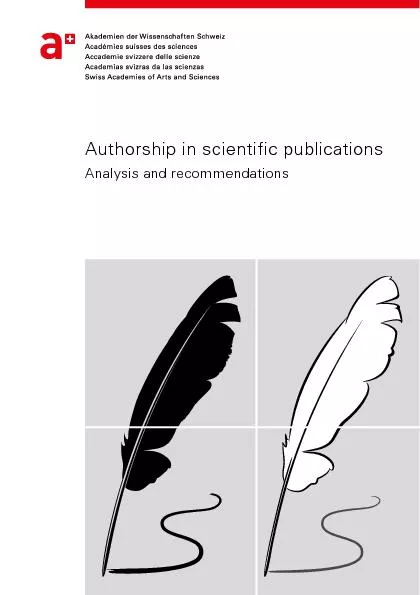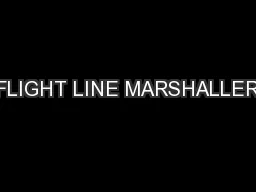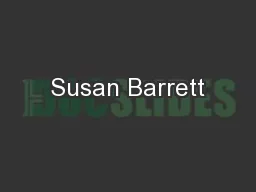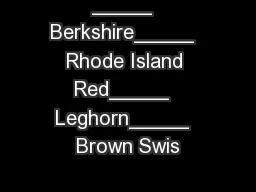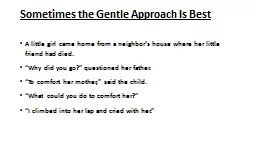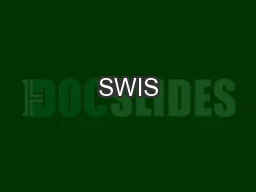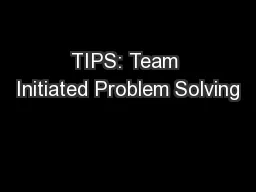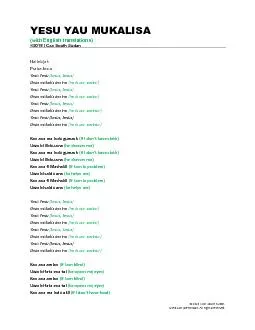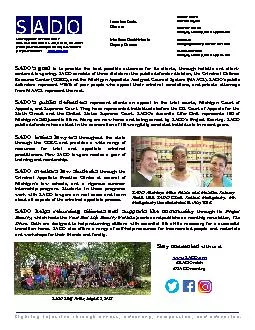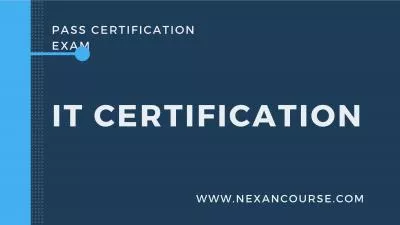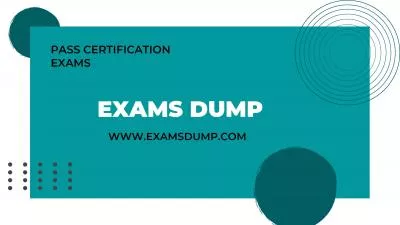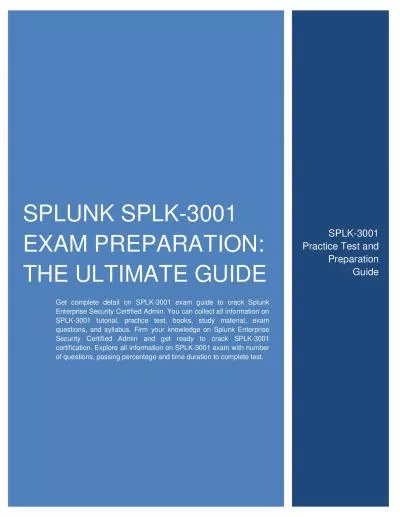PDF-Hirschengraben 11Postfach 8160CH-3001 BernTel.+41 31 313 14 40www.swis
Author : pasty-toler | Published Date : 2016-05-04
28 AppendixInformation on the preparation of these In 2012 the General Secretariat of the Swiss Academy of Medical Sciences SAMS carried out a literature search
Presentation Embed Code
Download Presentation
Download Presentation The PPT/PDF document "Hirschengraben 11Postfach 8160CH-3001 Be..." is the property of its rightful owner. Permission is granted to download and print the materials on this website for personal, non-commercial use only, and to display it on your personal computer provided you do not modify the materials and that you retain all copyright notices contained in the materials. By downloading content from our website, you accept the terms of this agreement.
Hirschengraben 11Postfach 8160CH-3001 BernTel.+41 31 313 14 40www.swis: Transcript
Download Rules Of Document
"Hirschengraben 11Postfach 8160CH-3001 BernTel.+41 31 313 14 40www.swis"The content belongs to its owner. You may download and print it for personal use, without modification, and keep all copyright notices. By downloading, you agree to these terms.
Related Documents

